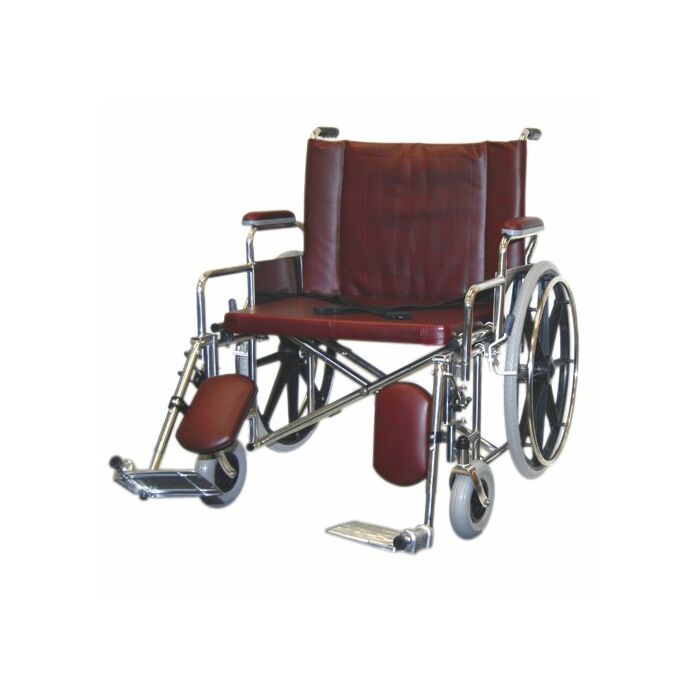At Z&Z Medical, we’re committed to providing the highest-quality, versatile patient transportation solutions to help you create a smooth, safe, and efficient experience for every patient. From durable wheelchairs to reliable stretchers and essential anti-theft options, we have everything you need to support patient mobility and protect your investment.
Our Wheelchairs are designed to provide comfort and ease of movement for both patients and caregivers, with options for bariatric and specialty needs. Each wheelchair is crafted for durability, stability, and easy maintenance, making them ideal for any healthcare setting. Our Stretchers offer sturdy, secure patient transport with smooth, adjustable features and easy maneuverability in critical or everyday use scenarios.
To help protect against equipment loss, our anti-theft solutions give you peace of mind, keeping your valuable patient transport items secure. By choosing Z&Z Medical for your patient transportation needs, you’re not only ensuring quality and reliability but also a commitment to patient safety and convenience.
Explore our full range of patient transportation products on our website, and let us support your facility’s dedication to outstanding patient care and operational efficiency.

